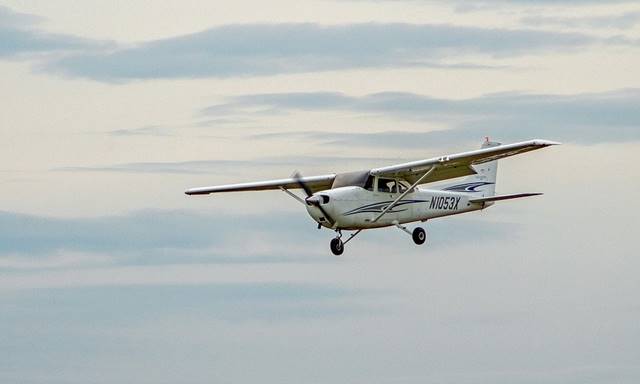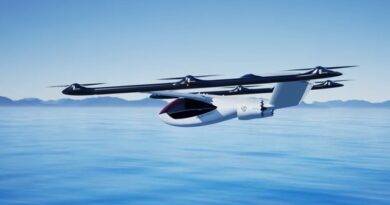Clyde Vernon Cessna – The Cessna 172 Skyhawk: A Legacy of Aviation Excellence
The Cessna 172, introduced in 1956, quickly became the most widely produced aircraft in general aviation history, with over 44,000 units built. Known for its stability and ease of use, the Skyhawk is celebrated among flight training schools and private aviators worldwide. Building on the vision of Clyde Vernon Cessna, who emphasized reliable, easy-to-fly aircraft, the Cessna 172 embodies the core principles that he championed. Its high-wing, four-seat, single-engine design provides excellent visibility and steady flight characteristics, making it an ideal training platform that continues to shape the experiences of aspiring pilots around the world.
Clyde Vernon Cessna: Pioneer and Innovator
Clyde Vernon Cessna was born on December 5, 1879, in Iowa and raised in Kansas, where he developed a fascination with aviation. In 1911, Cessna built and flew his first monoplane, the “Silverwing,” making him the first person to construct and pilot an aircraft between the Rocky Mountains and the Mississippi River. By 1927, after leaving the Travel Air Company over design disagreements, he founded the Cessna Aircraft Company in Wichita, Kansas, focusing on monoplane designs with cantilevered wings, which removed the need for external struts. This approach became foundational in modern aviation and shaped Cessna’s future models, including the iconic Skyhawk. Although Cessna initially faced economic setbacks during the Great Depression, his nephews helped relaunch the company in the 1930s, ensuring its place in aviation history.
Design and Technical Specifications
The Skyhawk has undergone gradual enhancements while retaining its accessible design. The early models of the Cessna 172 used a Continental O-300 engine, producing 145 horsepower. In the 1960s, the engine transitioned to a Lycoming O-320, with later models powered by the fuel-injected Lycoming IO-360, producing 160 horsepower. In 2005, the 172 was upgraded with the Garmin G1000 avionics suite, incorporating advanced navigation and traffic alert systems, making it a capable yet easy-to-fly aircraft for beginners and seasoned pilots alike.
Notable specifications include:
- Cruising Speed: Approximately 122 knots
- Range: Up to 640 nautical miles
- Service Ceiling: Around 14,000 feet
- Engine: Lycoming IO-360 (modern models), 160 horsepower
- Avionics: Garmin G1000 NXi on the latest models

The Cessna 172’s Impact and Legacy
Since its launch, the Cessna 172 has set records and received updates to keep pace with evolving aviation technology. It continues to be a cornerstone of pilot training programs due to its forgiving flight dynamics and economical operation. Despite new advancements, the Skyhawk remains true to Clyde Cessna’s original vision of creating accessible, high-quality aircraft for pilots worldwide.
References
- Britannica. Clyde Vernon Cessna Biography – Britannica
- Textron Aviation. Cessna 172 Specifications and Features – Textron Aviation
- Disciples of Flight. Clyde Cessna and the Founding of the Cessna Aircraft Company


